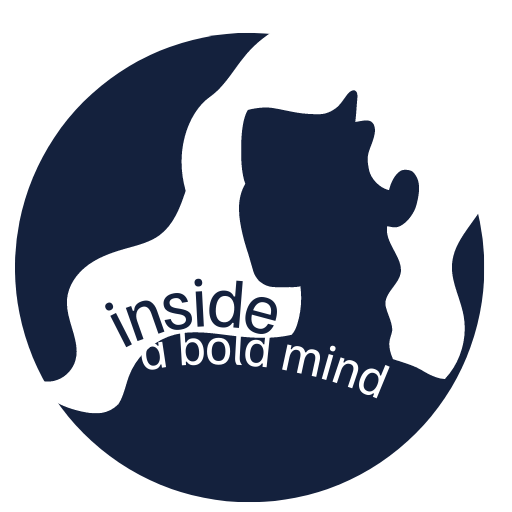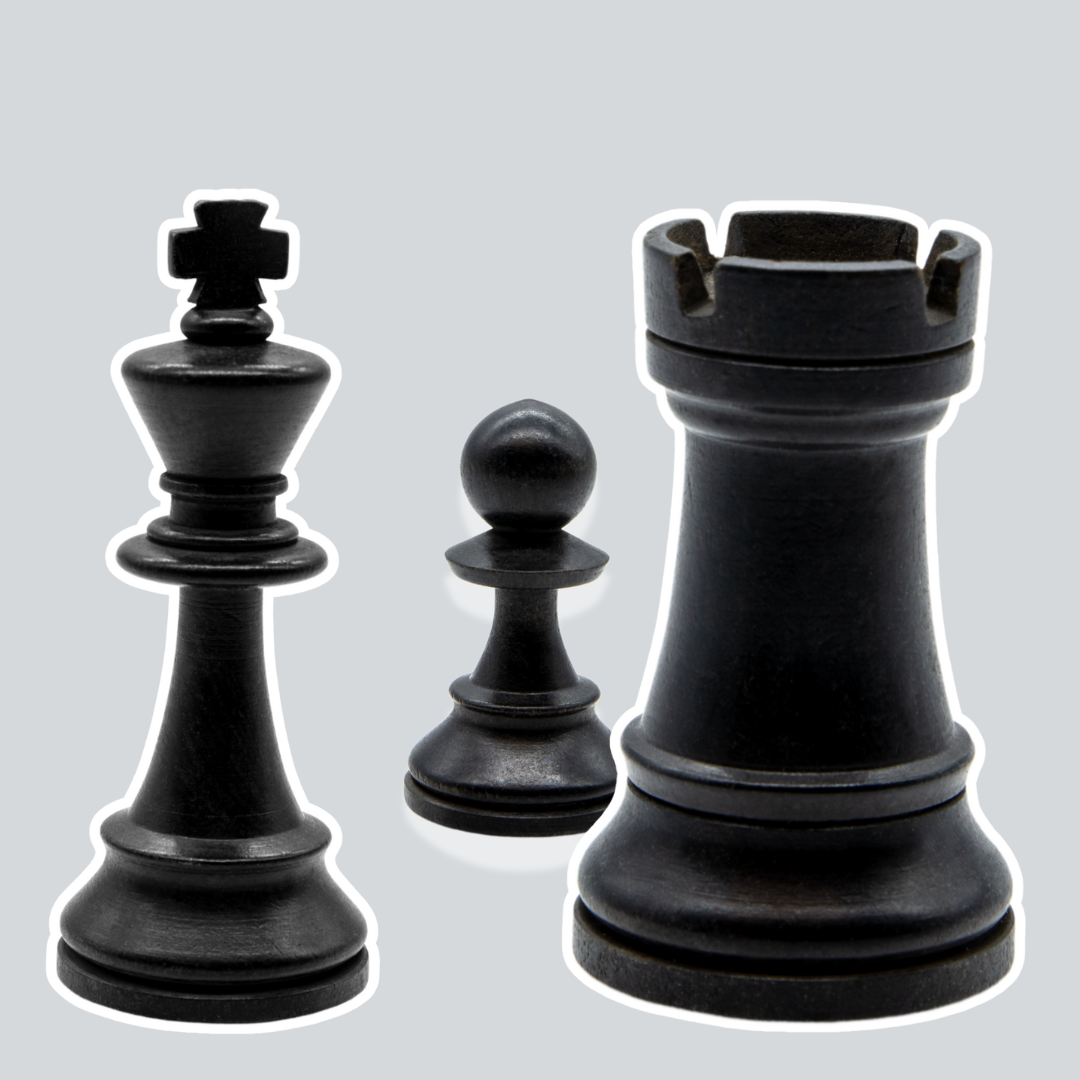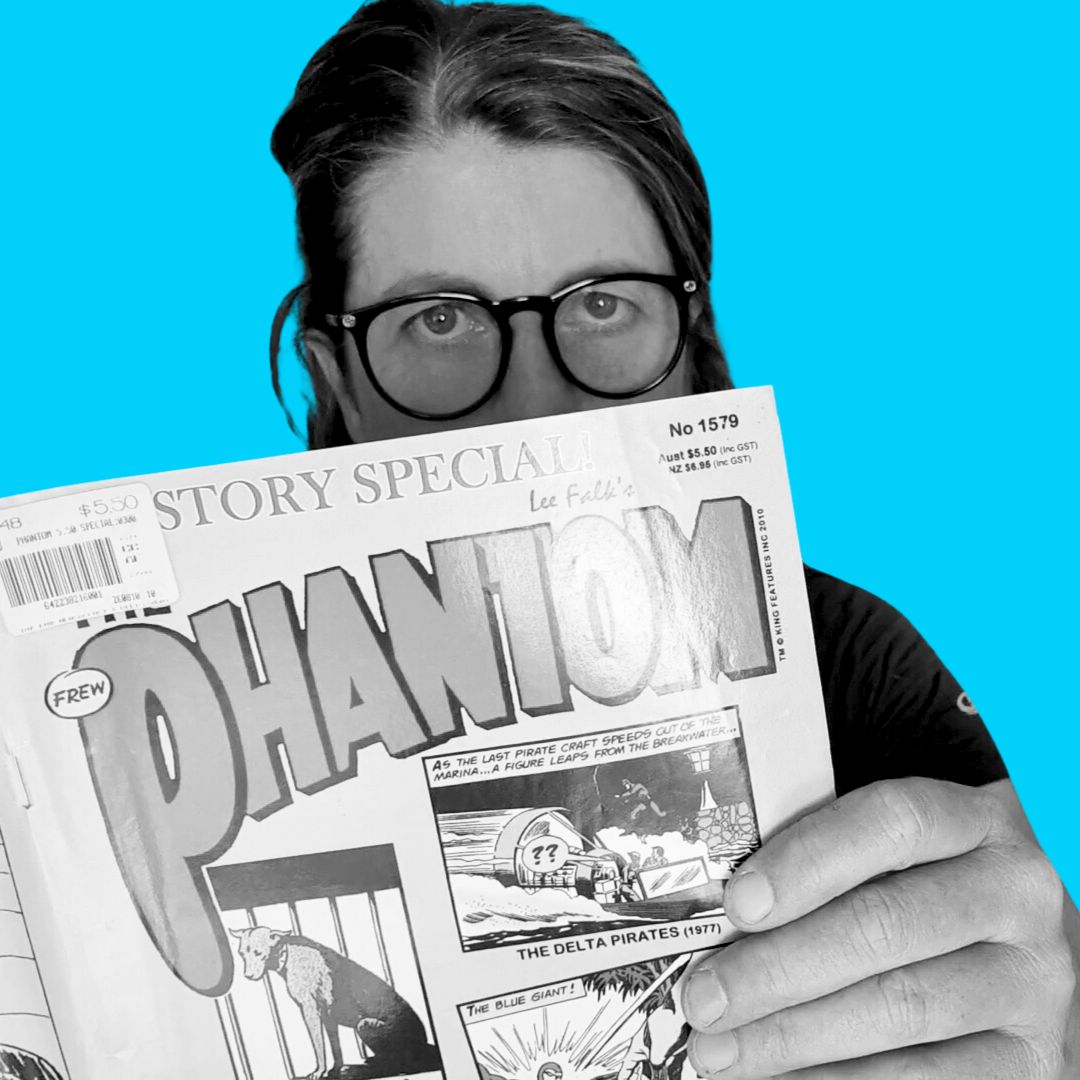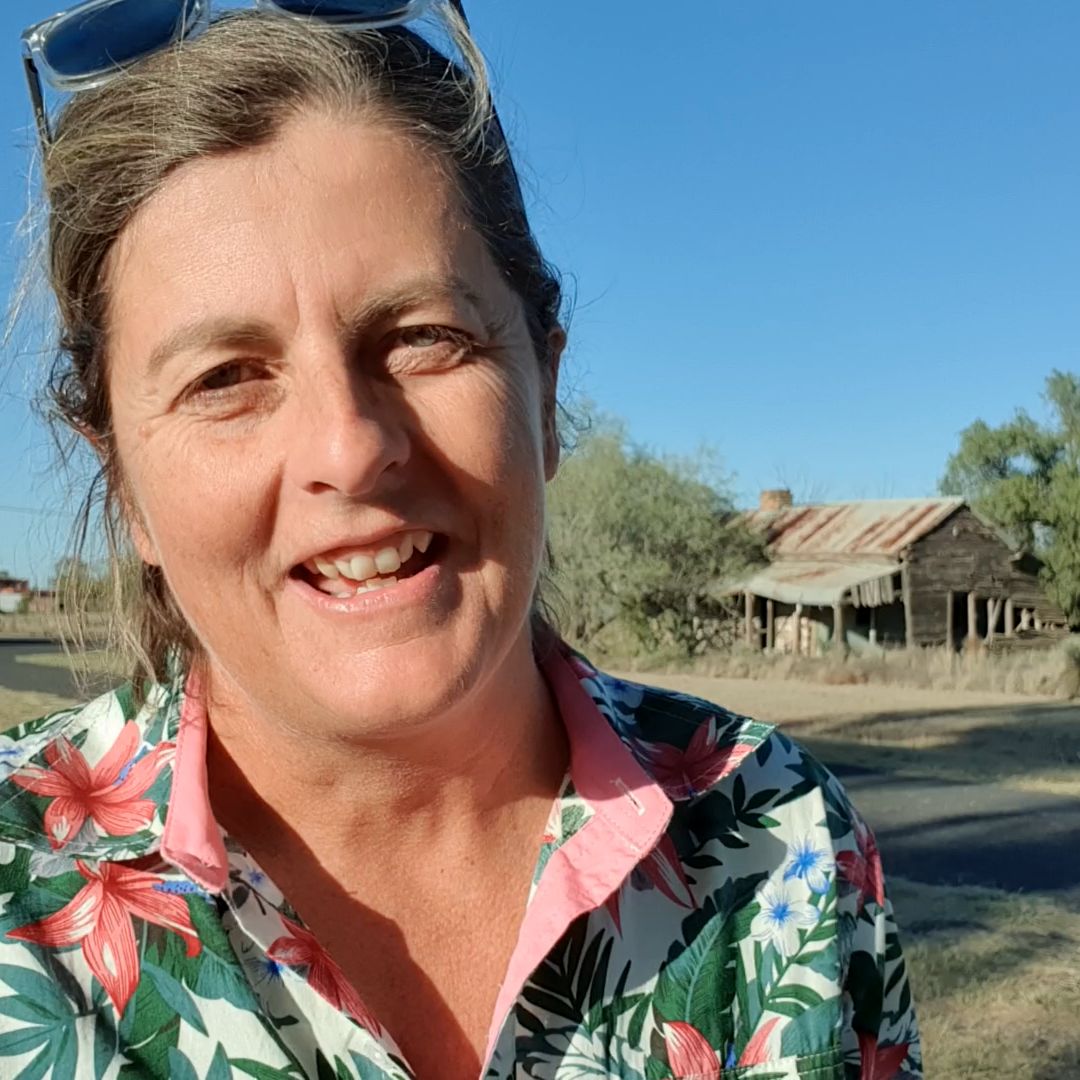Point-To-Point Goals Keep Me On Track
It’s easy to get lost when breathing life into a new idea or business. I’ve created a simple, point-to-point goal-writing method that will keep you on track.

Which statement describes your experience with writing goals?
Imagine that you’re sitting at a desk with a sheet of paper in front of you. There are three squares drawn on the page, configured in a row. The task requires you to write a 30-day goal, in the first square, for a major personal project. You’ll then write a 60-day goal in the next square, then a 90-day goal.
You start thinking about what to write in each square.
What is likely to happen next? Be honest with yourself; nobody is watching.
- Memories of past failures start flashing through your mind.
- You crave coffee/tea/whiskey/water and then decide the stationery needs reorganising.
- You write a goal in pencil then scrub it out straight away because it seems silly or wrong.
- You get straight down to work – thinking about the next steps, researching and writing goals.
90 days later…
Which of the following scenarios has most likely occurred?
- Scenario 1. The paper is still blank because you never filled in the squares.
- Scenario 2. You’ve achieved parts of your goals and also burned lots of time on tasks that were dead-ends or distractions.
- Scenario 3. You’ve achieved most of what you wrote, with little or no wasted time and effort.
New terrain is harder to navigate
Scenario 1 is a classic case of analysis paralysis. Self-doubt has got you stuck, and that page will stay blank until you quit questioning your abilities. Jump over and have some fun with The Route to Unstoppable Journal Adventure. It will dig you out of the mud.
Scenario 3 happens most often in situations with a well-established route to achievement. For instance, that describes my journey through ultra-marathon running. Many people had taken that path before me, and all I had to do was learn how they got to their goal and emulate it.
Scenario 3 is also common in long-established businesses. Systems, embedded best practices, and accumulated data reduce the guesswork in picking a route to achieve a goal.
Scenario 2 is the one that’s had me fascinated for a long time. It’s common in environments where there is no well-trodden path to follow. It’s the realm of pioneers and creators. They are the people who are willing to ask, “What if?” and take the risk of pursuing an answer. All my major personal projects sit in this category.
In Scenario 2, there is no clear route to a goal; it requires risk-taking, hitting dead ends, turning back, and trying again. It’s easy to get distracted and wander off into the wilderness of ideas. Frequently a ton of work gets done that doesn’t directly contribute to the goal you set.
But…I asked one day…What if we could make the journey in Scenario 2 look more like Scenario 3? What if there is a way to carve out new routes with less struggle and more progress?
I’ve searched for an answer for a long while, using myself and a few good friends as lab rats to test what does and doesn’t work.
Navigate with point-to-point goal writing
I love trekking in wilderness areas where there are no trails. In those places, I use point-to-point navigation to get myself from A to B. To do that, I pick a point on the map that is a small hop from my current location and move toward it. I repeat that process until I arrive at my destination. When choosing a point to target, I look for an easily recognised landmark. That could be a creek, ridgeline, or hilltop.
When I applied the point-to-point methods to my goal writing, a new way of planning appeared.
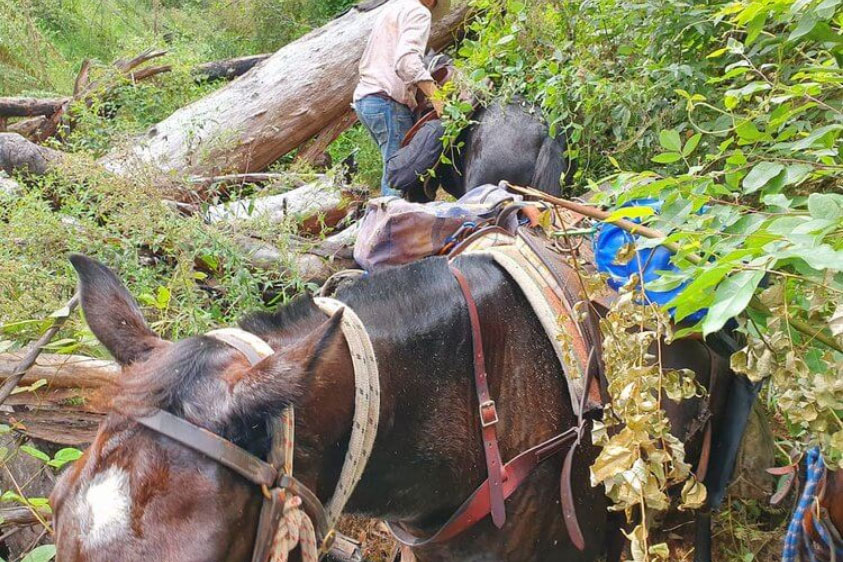
I stopped trying to cover a lot of ground quickly.
Making big leaps of progress is easy when you’re on a tar-sealed highway. However, a few hundred metres can take an hour when I’m pushing through virgin scrub, and it’s easy to get lost.
These days, my goal writing template only accommodates small hops of 30-, 60- and 90-days; there’s no six-month or twelve-month plan. That’s because I won’t have a clear view of the terrain until I get there. I have a long-range vision for the global women’s movement I’m creating, but that doesn’t determine my daily activity.
I focus on behaviour landmarks, not numbers.
Behaviours drive results, not numbers. Bold goals are achieved by building a routine of the right behaviours.
Therefore, when determining an endpoint for my next hop, I ask myself, “What do I see going on at that point in time?”. I write a short vision statement that describes a “precious moment in time” rather than metrics.
I discover answers as I progress.
There is little up-front detail in my plan about getting to the next goal; I discover the answers as I progress. I work toward one goal at a time. I look at the terrain that I’m in at that moment and work out the most efficient way to get to the next goal.
This sets in play a process of learning and discovery. I can make good use of what I’m learning as I go without wandering off into the wilderness of other ideas.
